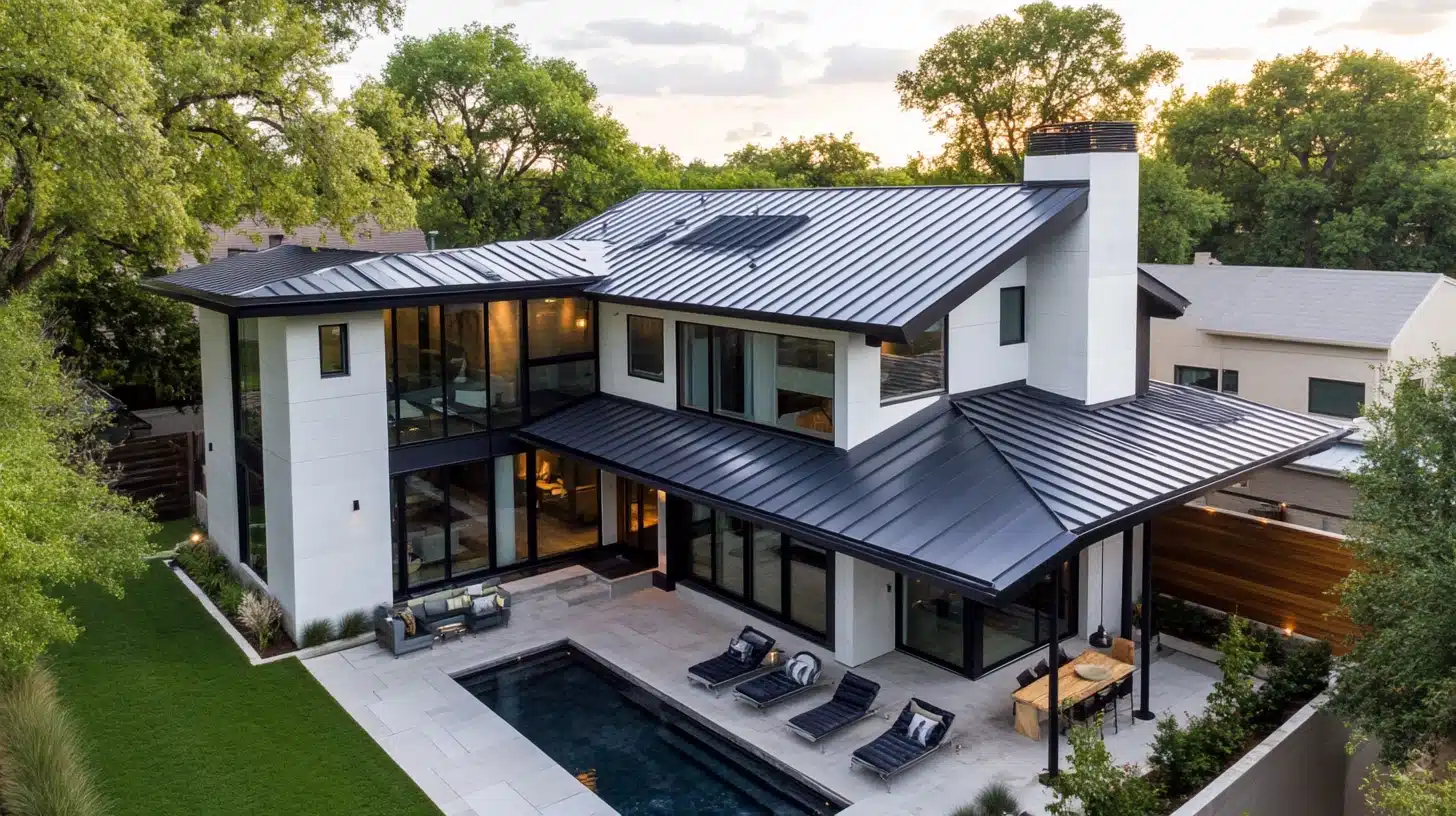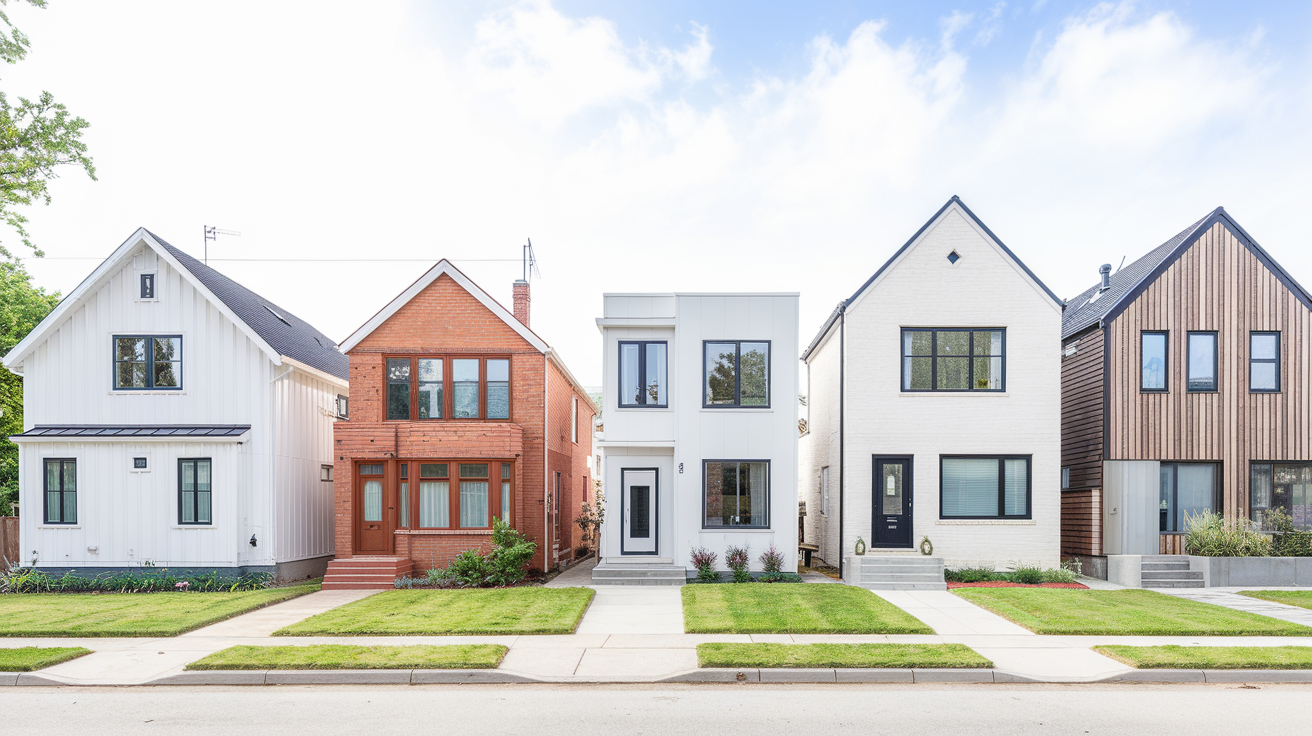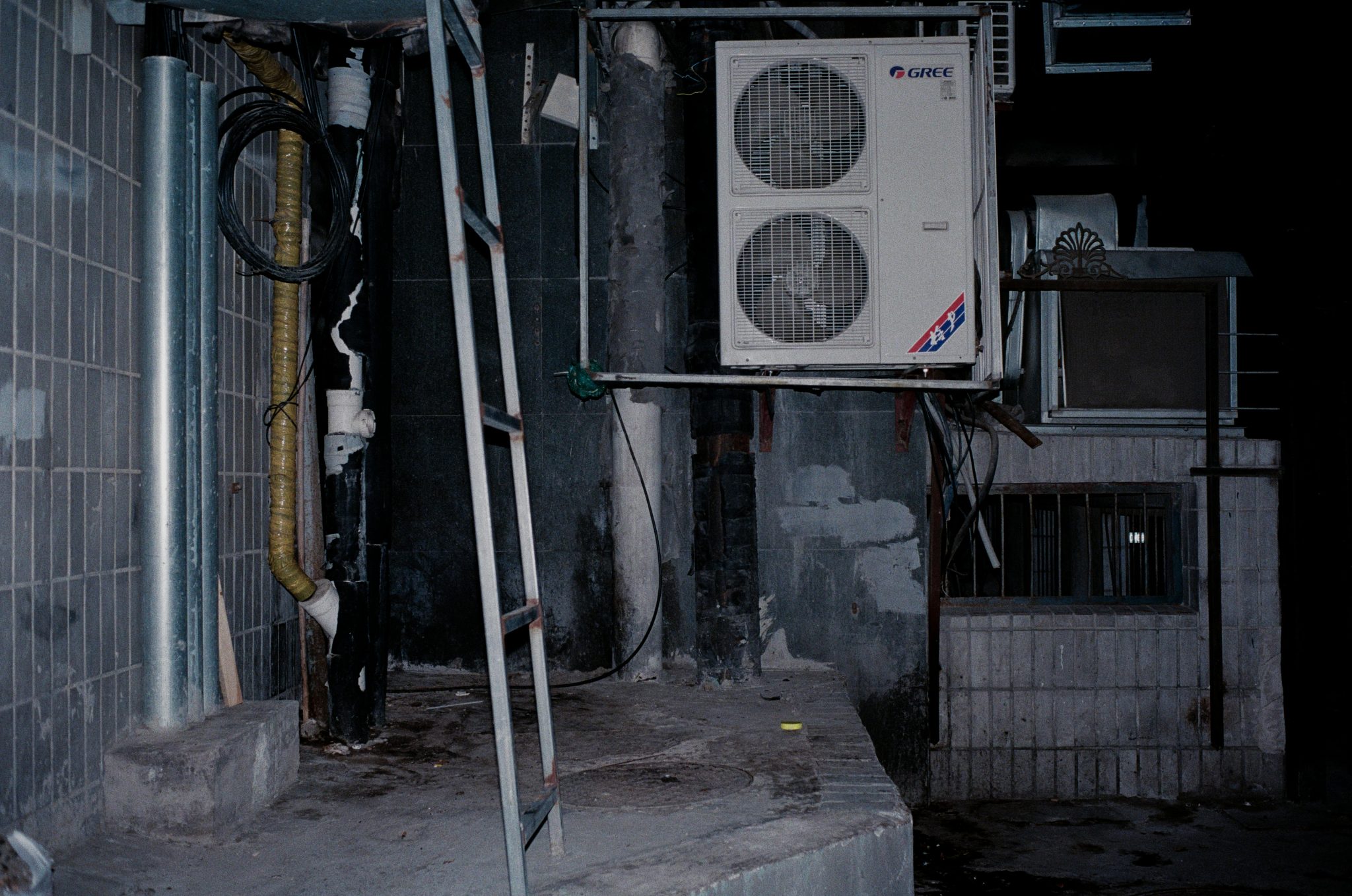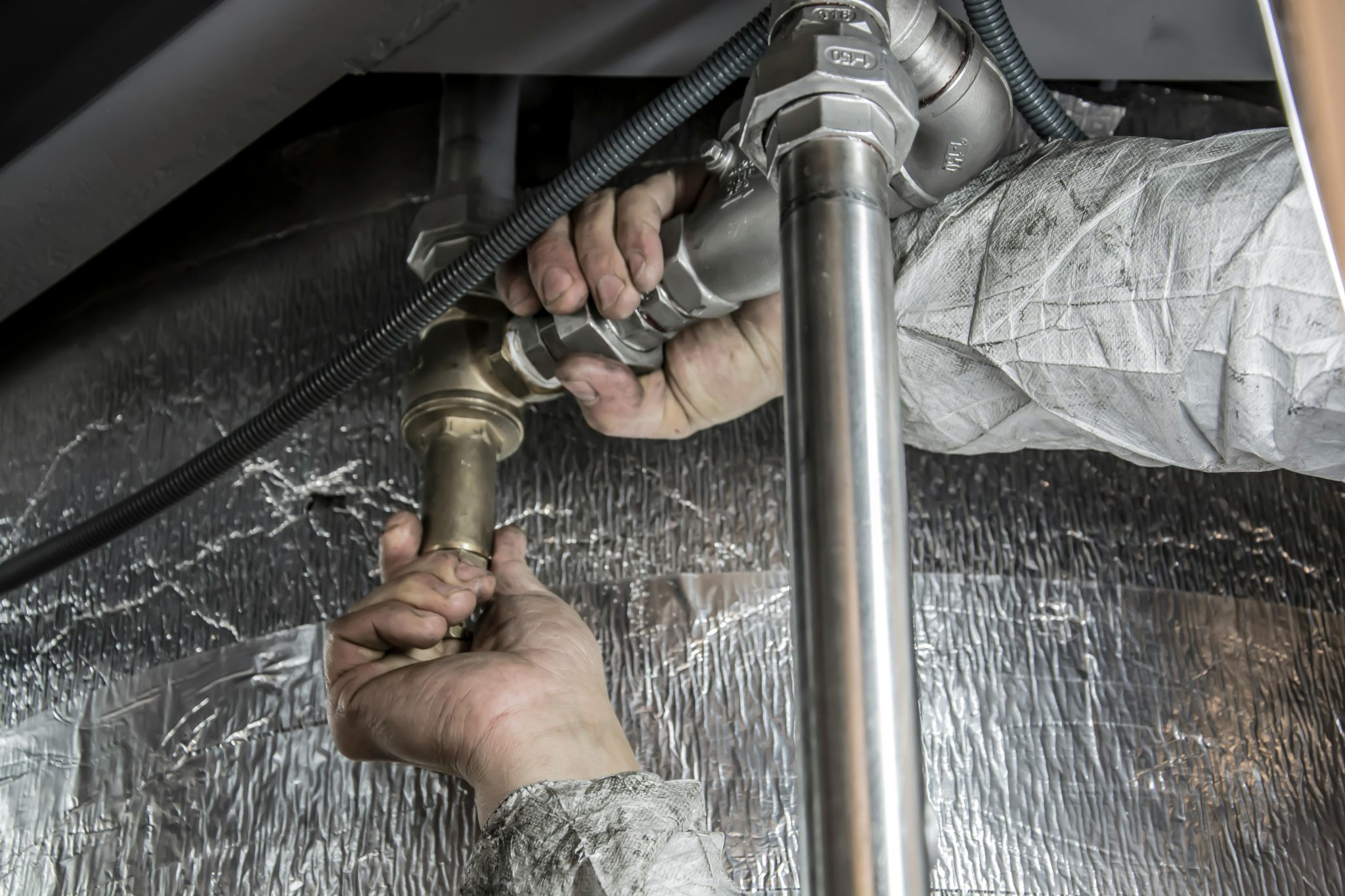Flat Roof vs Pitched Roof: What’s the Difference & What to Consider
When choosing the right roof for your home or business, you need to know the difference between flat roofs and pitched roofs. Each type of roof has its pros and cons, and the choice between a flat roof and a pitched roof can make all the difference in the look, functionality, and cost of your building.
If you’re in need of maintenance or repair, whether for a flat or pitched roof, consider reaching out to a reputable provider for roof repair in Wilmington, NC to ensure your roofing system is properly maintained. In this post, we will go over the differences, pros and cons, installation process, weather handling, and cost of flat and pitched roofs so you can make an informed decision.
What’s the Difference Between a Flat Roof and a Pitched Roof?
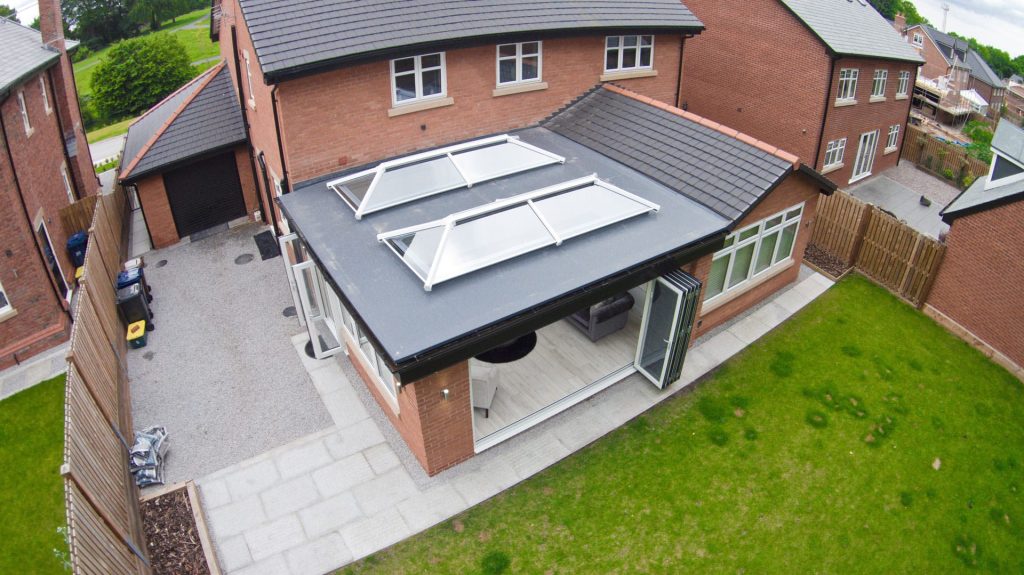
Slope: Flat vs Pitched
The main difference between a flat roof and a pitched roof is the slope. A flat roof has very little slope, almost flat, while a pitched roof has more slope.
This difference in slope affects the roof design and the overall look and feel of the building. Flat roofs are associated with modern and minimalist architecture, while pitched roofs are with traditional and residential buildings.
Which Design is Right for You?
The design of the roof depends on several factors, including the purpose of the building, climate, and personal preference. Flat roofs are preferred for commercial buildings because of their easy access and potential for rooftop installations like solar panels or gardens.
Pitched roofs are preferred in areas with heavy rainfall or snowfall, as the sloped design allows for better drainage and prevents water accumulation. Homeowners need to consider these when deciding between a flat roof and a pitched roof.
How Does the Roof Design Look?
The roof design has a significant impact as it affects the curb appeal and style of the building. Flat roofs look sleek and modern, while pitched roofs look classic and timeless. The choice between a flat and pitched roof can make or break the style of the building so it’s an essential consideration for architects and homeowners.
Pros and Cons of Flat and Pitched Roofs?
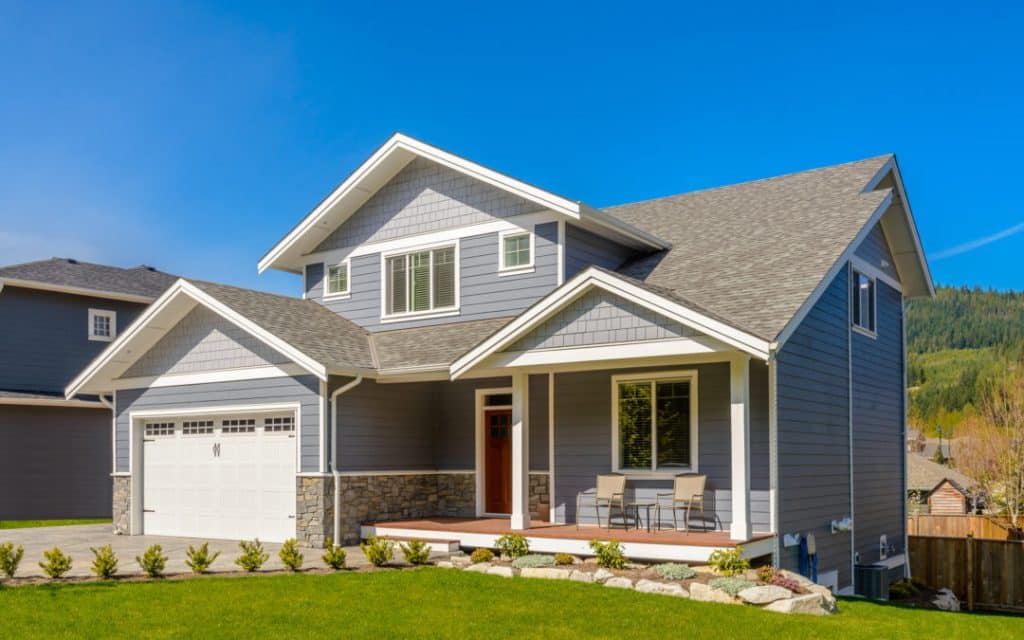
Flat Roof Pros and Cons
Flat roofs have several advantages, including being cost-effective and easy to install. They use fewer materials and are generally faster to install, so they’re a popular choice for budget-conscious homeowners.
They also have usable space for rooftop amenities. However, due to the minimal slope, they are more prone to leaks and drainage issues, so regular inspections and maintenance are required to ensure longevity.
Pitched Roof Pros and Cons
Pitched roofs have better drainage and are less prone to leaks so it’s ideal for areas with heavy rainfall or snow. The sloped design allows water and debris to slide off easily so less maintenance is required.
However, pitched roofs are generally more expensive due to the complexity of the roofing system and the additional materials, such as shingles. Although more expensive in the long run, they can be worth it.
Which Roof Needs Less Maintenance?
When it comes to maintenance, pitched roofs require less frequent attention than flat roofs. The slope of a pitched roof allows for better drainage, so there is less risk of water damage and leaks.
Flat roofs need regular inspections to prevent water pooling and ensure the drainage system is working. Homeowners should consider the maintenance requirements of each roof when deciding.
How is Roof Installation different for Flat and Pitched Roofs?
Flat Roof Installation
Flat roof installation involves laying a waterproof membrane on a flat surface, then additional layers for insulation and protection. This is a simple process and can be done fast, so there is less labor cost. However, proper drainage is crucial, as flat roofs are prone to water accumulation.
The type of roofing material used, such as modified bitumen or TPO, also affects the installation process and roof performance.
Pitched Roof Installation
Due to the angled design, pitched roof installation is more complex. It involves building a framework of rafters or trusses and then applying roofing materials like shingles or tiles. Installation requires skilled labor to ensure the roof is structurally sound and weather-tight.
Although pitched roof installation takes longer and is more expensive, the result is a durable and beautiful roof that can withstand harsh weather.
What to Consider During Roof Installation?
During roof installation, consider the following:
- Roofing material
- Local climate
- The building’s architectural style
- Roofing material should be durable, cost-effective and compatible with the roof design
- Proper ventilation and insulation to prevent moisture buildup and energy efficiency
- Work with experienced contractors whether you choose a flat or pitched roof.
How do Flat and Pitched Roofs handle Weather?
Rainfall and Drainage for Roof Types
Rainfall and drainage is a consideration for any roof. Pitched roofs is good in this area as the slope allows rainwater to flow off easily so less risk of leaks and water damage.
Flat roofs need a well-designed drainage system to prevent water pooling and to ensure water removal. Regular maintenance and inspections is crucial for flat roofs to avoid drainage issues and extend its lifespan.
How do different roofs handle Snow and Ice?
Pitched roofs have an advantage in areas with snow and ice. The slope prevents snow accumulation and reduces the risk of ice dams that can cause damage. Flat roofs may experience snow buildup, structural stress, and leaks. Homeowners in snowy areas should consider the challenges of flat roofs and have snow removal measures in place.
Weather Resistance: Flat vs Pitched Roofs
When it comes to weather resistance, pitched roofs are better. The slope provides better protection against wind, rain, and snow, so it’s a good choice for harsh weather.
Flat roofs are good for milder climates but need additional measures to enhance weather resistance, like reinforced membranes and regular maintenance. Choose between flat and pitched roofs based on local climate and weather to ensure longevity.
How much is the cost of Flat or Pitched Roof?
Initial Cost: Flat Roof vs Pitched Roof
The cost of the roof is a major consideration for homeowners. Flat roofs are more affordable to install as they use fewer materials and have a simpler installation process.
Pitched roofs are more expensive upfront but have long-term benefits in terms of durability and weather resistance. Homeowners should consider their budget and long-term goals when evaluating the initial cost of a flat roof vs. a pitched roof.
Long-term Maintenance Cost for each Roof Type
There can be a huge difference in maintenance costs between flat and pitched roofs. Flat roofs may incur higher maintenance costs due to regular inspections and repairs to address drainage and leak issues.
Pitched roofs, with their efficient drainage and robust design, may require less maintenance and can offset the higher initial cost. Homeowners should consider long-term maintenance costs when choosing between flat or pitched roofs.
How does Roof type affect Home Value?
Roof type can affect the overall value of the home. Pitched roofs, with its classic look and durability, is seen as an asset and can increase the resale value of the property.
Flat roofs is modern and versatile but may not appeal to all buyers, especially in areas with harsh weather. Homeowners should consider how their roof type fits the market and future buyers.

